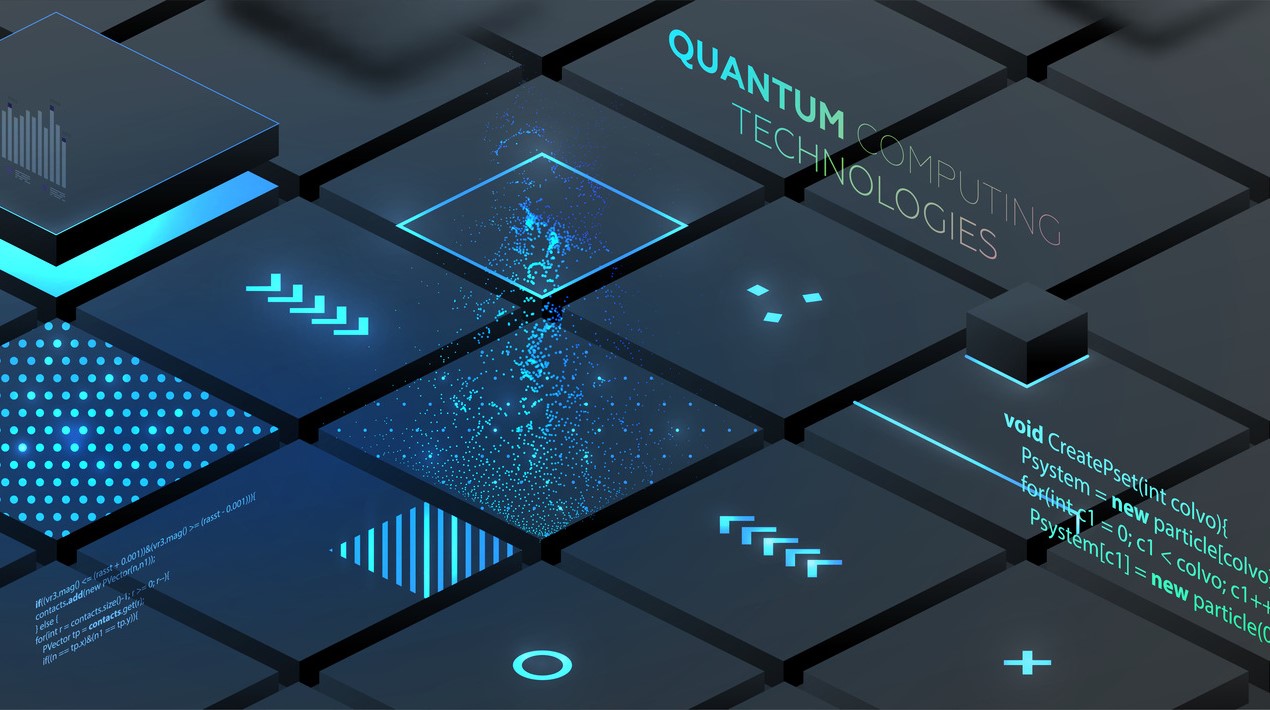
A pioneer in airdrop technology for humanitarian aid and disaster relief, recently announced its SkyPACK will be featured at Cobra Gold 2020 in Thailand. The event is co-hosted by the Royal Thai and U.S. Armed Forces and represents the world’s largest joint military exercise.
The company will demonstrate its SkyPACK airdrop technology by dispersing 5,000 SkyPACK, via drones and helicopters, in simulated flood, earthquake and fire disaster responses. The airdrops are designed to deliver and distribute aid aerially in the immediate aftermath of a disaster, bypassing obstacles to aid delivery such as damaged airports, ports and roads or hostile ground conditions.
Each SkyPACK carries up to 10oz of aid, including water, food and medicine. The CEO of the firm stated that the company was formed to provide the Humanitarian Aid community ways to quickly reach – often within critical hours – disaster victims that traditional disaster response cannot. The SkyPACK compliments other forms of aid delivery, it is the new standard of care in disaster response, he added.
CEM paramount to coping with pandemics and other crises
The aforementioned solution is an excellent example of how companies and governments can collaborate to provide essential disaster relief services through technology. This can also be understood as Critical Event Management technology.
The COVID-19 pandemic has drawn attention to the urgent need for better crisis management technologies. According to Everbridge, an effective Critical Event Management program and strategy is an integrated, end-to-end process that enables organisations to significantly speed up responses to critical events and improve outcomes by mitigating or eliminating the impact of a threat.
The question, however, is how can a critical event management technology like this be rolled out rapidly and effectively?
Everbridge notes that to execute a CEM strategy, the following steps must be addressed:
- Build partnerships with leadership
Critical events can impact different areas of the business, and often impact more than one. Build alliances across the chief security officer (CSO), chief information security officer (CISO), and chief information officer (CIO) at the very least. Combining the experience, insights, and intelligence from across the organisation makes it possible to quickly understand the root cause of an event and ensure a rapid response and operational continuity.
- Assess your sources of information
Pulling all of your risk information together into one place streamlines your threat assessment process. Thus, align sources, information, and evaluate the risks and the impact to your organization across five key asset types: People, Buildings, IT Systems, Supply Chain and Brand/Reputation. Your data sources should be vetted and verified, involving geo-targeted intelligence related to weather, terrorism and other potential disruptions. Verified sources and analysis eliminate the noise and enable you to generate the most impactful information while eliminating false positives.
- Identify and locate critical assets
During every event, a resilient organisation will know where employees, travellers, visitors, offices, manufacturing facilities, and other critical assets are located. It’s also critical to know how they are interconnected and the dependencies between them. Beyond knowing the location and interdependencies, organisations also need an idea of how much it will cost if these assets are impacted by an event. For instance, perhaps a critical business application goes down resulting in thousands of dollars in losses every minute. It’s important to calculate losses based on the overall use case, such as how many employees are going to be impacted.
- Quantify and analyse risk
It is critical to determine what is critical and what isn’t. Answer the big question: What is the impact and exposure? An effective approach is to differentiate between threats and risks across the board and to then quantify risk based on the threat, the threat’s nature, the organization’s overall vulnerability or exposure, the overall impact, which may go beyond the immediate assets, people and consider the overall timeline, which is often dynamic. For instance, it’s not sufficient to ask, “How many employees are in HQ right now?” since employees are constantly on the move. Or perhaps a geopolitical issue or event is going to cause a disruption to the supply chain, but the organization won’t feel the impact for two months.
















